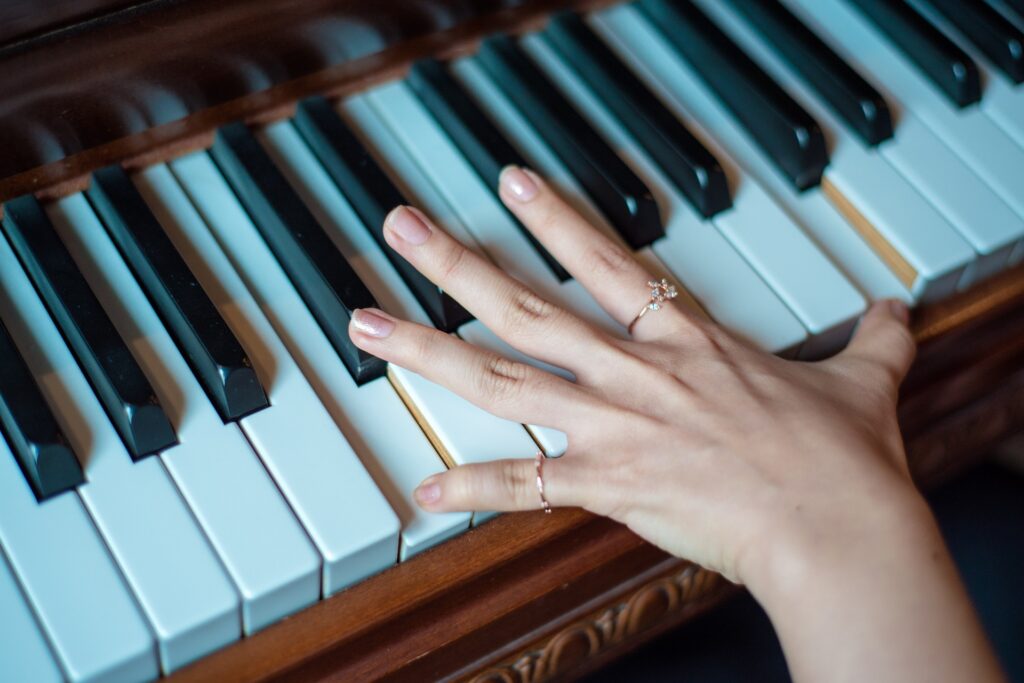Uncategorized
“Escence of the pianistic execution” , according to Vicente Scaramuzza. Ch. 1 S. 2
With the fingers ready to play, the hand should be “well-armed”, but never rigid. We will call this state of the hand “ready-to-play position”. By maintaining this position, the hand will be “exhaling”, so we will take any available opportunity to relax (“inhale”) when we encounter the first long note or rest, but still trying to maintain some muscle tonicity.
The hand must be self-supported by the fingers at all times so that the knuckles do not collapse. In this way, we will give total mobility to the fingers so that they can act from their origin (the knuckles). To favor this mechanic, we will make sure to create an imaginary arch shape between the thumb and index finger. This shape is supported by the extensor muscles, which also support the arch shape in each individual finger.
The third feeling we must incorporate is that of the fingers articulating energetically and attacking the keys without the help of the forearm. They will develop a grip based on the fingertips as the main contact surface with the keys. The fingers will always attack with a gripping movement. The main action device will be the proximal phalanges (the joint of the fingers closest to the metacarpus) and never the middle or distal ones. The contact surface should never be the nail, except for the thumb where we have no other option.
The thumb will always remain close to the black keys so that it can be actuated without having to reset the hand position. All unnecessary lateral “repositionings” will be avoided at all times.
It is very common among students to play closer to the end of the white keys when using fingers 2, 3, 4, and 5, leaving the thumb out of the keyboard. This attitude leads to having to reposition the hand every time we need to use finger 1 on the black keys. The loss of time resulting from constant hand repositioning is evident, as is its detrimental effect on the regularity and precision of the passage, especially if it is fast. On the contrary, if we keep the thumb permanently close to the black keys (towards the inside of the keyboard), with the hand resting on the keys and the other fingers closer to the beginning of the keys, we will surely avoid a lot of unnecessary hand repositioning. It may be torturous at first, but shortly after we internalize the reflex, we will see how the weight of the arm comfortably settles on the wrist. For this purpose, we will pay close attention to our position in relation to the instrument to facilitate this overall hand/arm insertion.
Don’t miss the first article in this series:
Picture source: Foto de Pixabay de Pexels: https://www.pexels.com/es-es/foto/piano-de-madera-marron-utilizado-por-una-persona-con-2-dedos-164737/
#ScaraMuzza

